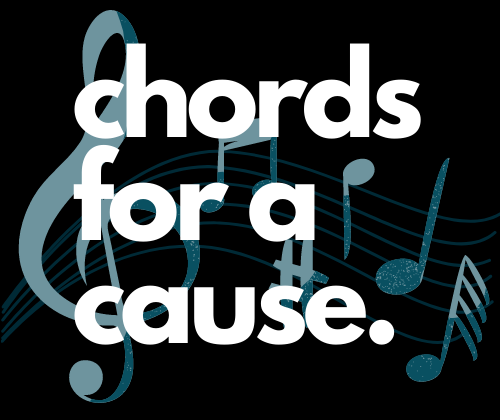The Most Effective Methodologies to Teach Music


Written by Erica Soekardono
Over the past few decades, music education has become a much more prominent topic, and argument over the importance of music education has come to rise. Despite these debates, one thing that can be agreed upon is that music is extremely versatile and can be taught in several different ways.
The StringOvation Team at the Connolly Music Academy explains that the way you learn should be catered to your own personal style, especially in something so personal like music. When focusing on string instruments, they explain that several different methods of learning have already been popularized and can be used depending on the type of student and how independent they are. StringOvation claims that more traditional methods, such as String Pedagogy and Suzuki, give better results when used by a student who is learning independently. These teaching methods allow for students to focus on basic techniques while gradually being introduced to actual sheet music.
In String Pedagogy, which was popularized by Mimi Zweig, students are taught the fundamental aspects of playing violin based on the natural motions around them. It is noted that the best way to gain results from using this method is to be in a supportive and calm environment. With this method of learning being completely online, there is an emphasis on physical freedom, sensitivity, and confidence. Another well known traditional teaching method is the Suzuki Method. This method is encouraged to be used by younger students, and parents of students are advised to be extremely involved in the entire learning process. The Suzuki Method is based on the entire concept that children learn from absorption, ultimately leading to the fact that there is lots of repetition in this method. When students are learning a piece, they will be played the piece over and over until they have perfected it. This unfortunately means that students do not learn how to read sheet music right away, but they are able to move at their own pace and develop advanced hearing skills.
The last music teaching method that the StringOvation Team talks about is the Russian Violin School Method, popularized by Yuri Yankelevich. Although this method is extremely untraditional, it gives insight to the cognitive patterns developed when learning how to play an instrument. With a basis on science and physiology, authors at Connolly Music Academy explain that this method aims to understand the neurological connections made by practicing an instrument, and how the role of conditional reflexes impact a musicians skills.
Regardless of what specific method is being used to teach music, authors at the University of Southern California explain that there are some strategies that all music teachers should be including. They say the most important step in teaching music is to make an inclusive environment for all their students. It is explained that teachers should be able to switch through genres to not only appeal to their students, but to make their culture feel more represented as well. They note that “a genuinely inclusive classroom is one that is respectful of present diversity, adapts to the needs of all learners, and provides opportunities for collaboration between students.”
Additionally, a more diverse range of music allows for more engagement in the classroom. Music students can never be forced into liking one specific genre of music, so USC explains that it’s better for teachers to adapt to their students and choose pieces that they enjoy rather than pieces they want their students to play.
Ultimately, there is no one way to teach music to any student, and all current popularized methods of teaching music can still be altered to cater to specific students. Music is a subject that is personal to the student, and teachers should always keep that in mind when demonstrating new techniques or choosing repertoire. Regardless of the teaching method used, practice will always guarantee the most success for any kind of student.
- Altun, Zühal Dinç. “Exploring Effective Music Teaching Strategies of Primary School Teachers.” Procedia – Social and Behavioral Sciences, Elsevier, 26 Jan. 2011, www.sciencedirect.com/science/article/pii/S1877042810024092.
- Team, StringOvation. “Comparing Popular Violin Teaching Methods.” Connolly Music Company, 25 Feb. 2017, http://www.connollymusic.com/stringovation/popular-violin-teaching-methods.
- Thornton, USC. “Four Effective Music Teaching Strategies for Today’s Diverse Classrooms.” Four Effective Music Teaching Strategies for Today’s Diverse Classrooms | USC Thornton School of Music, 23 Apr. 2019, http://music.usc.edu/four-effective-music-teaching-strategies-for-todays-diverse-classrooms/.

